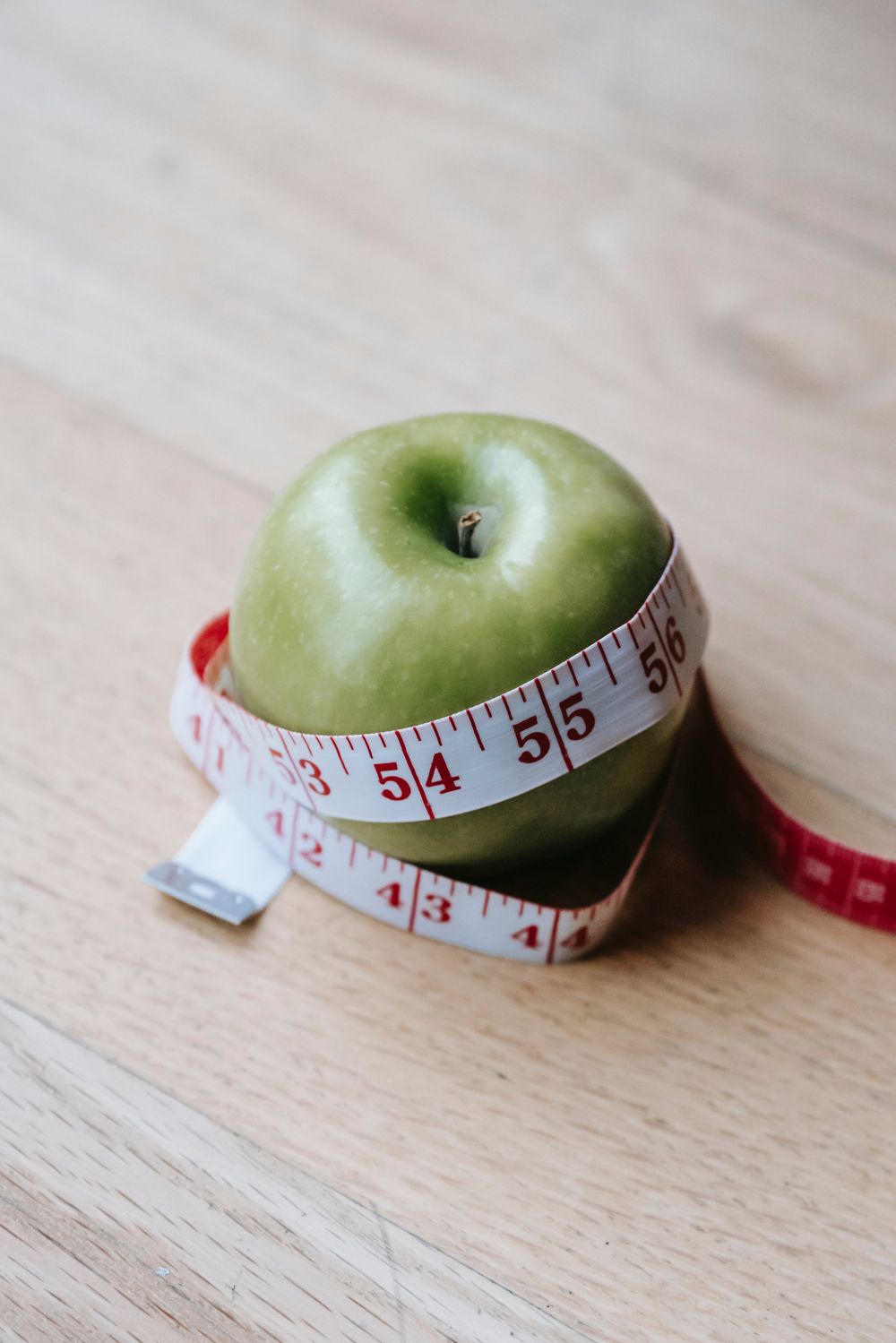PCOS Diet: Empowering Women with Polycystic Ovary Syndrome

Introduction:
Polycystic Ovary Syndrome (PCOS) is a hormonal disorder affecting millions of women worldwide. While there is no cure for PCOS, adopting a healthy lifestyle, including a suitable diet, can help manage symptoms and improve overall well-being. In this comprehensive article, we will delve into the PCOS diet, exploring its various types, popular variations, and quantitative measurements, as well as discussing the differences and historical pros and cons associated with different PCOS diets.
1. The PCOS Diet Overview:

PCOS diet refers to an eating plan designed to address the hormonal imbalances and metabolic issues associated with PCOS. It focuses on improving insulin sensitivity, managing weight, and reducing inflammation. By making specific food choices and understanding portion control, women with PCOS can take control of their health and navigate the challenges posed by this condition more effectively.
2. Different Types of PCOS Diets:
a. Low Glycemic Index (GI) Diet: This diet emphasizes consuming foods with a low glycemic index, meaning they have a minimal impact on blood sugar levels. It includes whole grains, fruits, vegetables, lean proteins, and healthy fats while limiting refined carbohydrates and sugary foods.
b. Anti-Inflammatory Diet: Inflammation plays a role in PCOS, so an anti-inflammatory diet can help reduce symptoms. This diet includes foods rich in omega-3 fatty acids, antioxidants, and phytonutrients, such as fatty fish, leafy greens, berries, and turmeric.
c. Mediterranean Diet: Inspired by the traditional eating patterns of Mediterranean countries, this diet focuses on consuming whole foods, including fruits, vegetables, whole grains, legumes, lean proteins, and healthy fats. It has been associated with improved insulin sensitivity and weight management.
d. DASH Diet: The Dietary Approaches to Stop Hypertension (DASH) diet is recommended for women with PCOS who also have high blood pressure. It emphasizes consuming fruits, vegetables, whole grains, lean proteins, and low-fat dairy while limiting sodium intake.
3. Quantitative Measurements of the PCOS Diet:
a. Caloric Intake and Portion Control: Understanding the appropriate caloric intake and portion control is integral to managing weight and insulin sensitivity. Consulting a registered dietitian can help determine the right caloric range and portion sizes based on individual needs.
b. Macronutrient Balance: Balancing macronutrients, namely carbohydrates, proteins, and fats, is essential in a PCOS diet. While specific ratios may vary, aiming for a balanced intake is crucial for overall health and managing PCOS symptoms.
c. Monitoring Glycemic Load: Calculating the glycemic load of meals can help individuals make informed choices, aiming for a lower glycemic load to prevent blood sugar spikes. Apps and online resources can assist in determining the glycemic load of different foods.
4. Differentiating PCOS Diets:
PCOS diets differ in their approach, but their common goal is to address hormonal imbalances and metabolic issues associated with PCOS. While some focus on regulating blood sugar levels and insulin sensitivity, others emphasize reducing inflammation or overall wellness. It is essential to choose a diet that aligns with individual needs and preferences while consulting a healthcare professional for personalized guidance.
5. Historical Pros and Cons of Different PCOS Diets:
a. Low Carb/High Protein Diets: Historically, low carb/high protein diets gained popularity in managing PCOS due to their positive effect on insulin sensitivity and weight loss. However, long-term sustainability, potential nutrient deficiencies, and potential impact on heart health have been raised as concerns.
b. Low-Fat Diets: Previously recommended to lower cholesterol levels, low-fat diets have fallen out of favor due to their potential negative impact on insulin resistance and hormonal imbalances associated with PCOS.
c. Balanced Diets: The current trend focuses on balanced diets that incorporate lean proteins, whole grains, healthy fats, and plenty of fruits and vegetables. These diets promote overall well-being, weight management, and better insulin sensitivity while providing essential nutrients.
Conclusion:
A well-planned PCOS diet empowers women with PCOS to take control of their health and manage symptoms effectively. With various types of PCOS diets available, it is crucial to choose one that aligns with individual needs, preferences, and goals. Consultation with a healthcare professional and registered dietitian will enhance the efficacy and safety of the chosen PCOS diet. By adopting a nutritious eating plan, women with PCOS can pave the path towards a healthier and more fulfilling life.





















